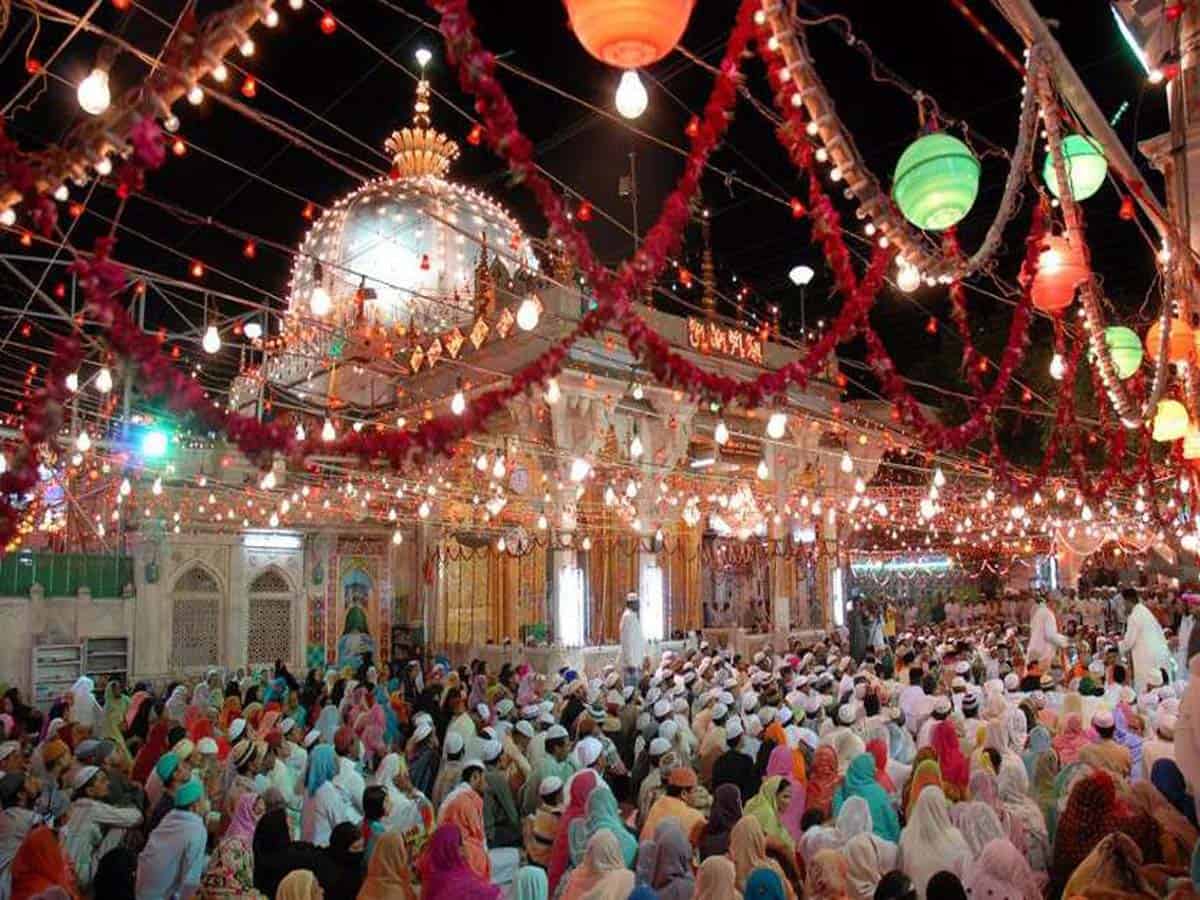
In the ongoing push to identify alleged Hindu temples on Islamic religious sites, a Hindutva organisation, Hindu Sena, has claimed the revered Ajmer Dargah in Rajasthan was originally a temple of Lord Shiva. The organisation has demanded a survey conducted by the Archaeological Survey of India (ASI).
The national president of the Hindu Sena, Vishnu Gupta, has filed a petition in a local court arguing that the 13th-century dargah was once a temple named Sankat Mochan Mahadev Temple.
“The historical truth must come to light. We have evidence, including the book Har Vilas Sharada published in 1910, which claims that a Hindu temple existed at this site before the Dargah. An ASI survey is essential to confirm this,” Gupta said, adding that the Hindu committee be allowed to worship on the dargah premises.
The lower court has accepted Gupta’s petition and the next hearing is scheduled to take place on December 20.
Not the first time
This is not the first time that right-wing organisations have alleged that Ajmer Dargah was originally a Hindu temple. In February last year, another Hindutva outfit, Maharana Pratap Sena, stated the same and demanded an ASI survey.
The president of the group Rajvardhan Singh Parmar had written to the Rajasthan chief minister Bhajan Lal Singh about the issue.
In his letter, Parmar claimed that the previous Congress administration led by Ashok Gehlot dismissed their concerns as “anti-Hindu sentiment” and failed to address it despite repeated attempts by the group. He emphasised that just like Ayodhya Babri and Gyanvapi in Varanasi, the letter requests a detailed investigation into Ajmer Dargah.
Reacting to the allegation, the chairman of the All India Sufi Sajjadanshin Council and successor of the spiritual head of Ajmer Dargah Syed Naseeruddin Chishti had vehemently rejected the Hindutva organisation’s claims calling them “unfortunate”.
He had said, “These people are pointing fingers at holy religious places for cheap popularity, which is unfortunate! If we look at history, no objection has been raised regarding Dargah Khwaja Saheb. Right from Mughals to Khilji and Tughlaqs, Hindu kings, Rajput kings, and even Marathas have seen this Dargah with great respect and expressed their faith.”
“Even many great personalities of Sanatan Dharma have expressed their views with great respect regarding this Dargah Khwaja Saheb. The entire history cannot be erased based on just one book published in 1911. Ajmer Dargah is a centre of faith for Muslims of the whole world as well as people of every religion. The message of peace always goes from here. It is the biggest centre of Ganga-Jamuni Tehzeeb of Hindustan. It is very unfortunate to comment and claim that there is a temple in this Dargah,” Chishti added.
Brief history of Ajmer Dargah
The Ajmer Sharif Dargah, nestled at the base of Taragarh hill, is a revered Sufi tomb dedicated to Khawaja Moinuddin Chishti.
Located near the central railway station, its iconic white marble dome was built in 1532. Adorned with intricate designs and gold accents, the Dargah welcomes visitors of all faiths.
The history of the Ajmer Sharif Dargah is steeped in mysticism and reverence. Khawaja Moinuddin Chishti, born in 13th-century Sanjar (modern-day Iran), later made Ajmer his home, drawing spiritual inspiration from the writings of renowned Sunni Hanbali scholar and mystic, Abdallah Ansari.



